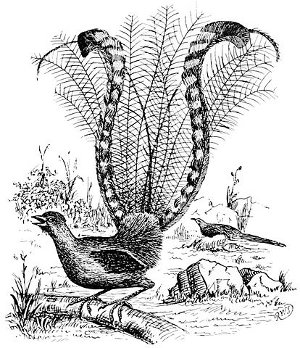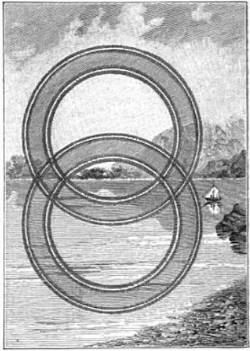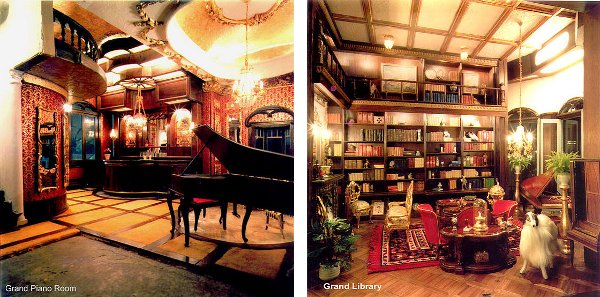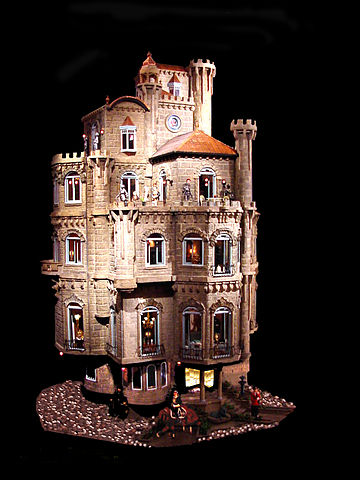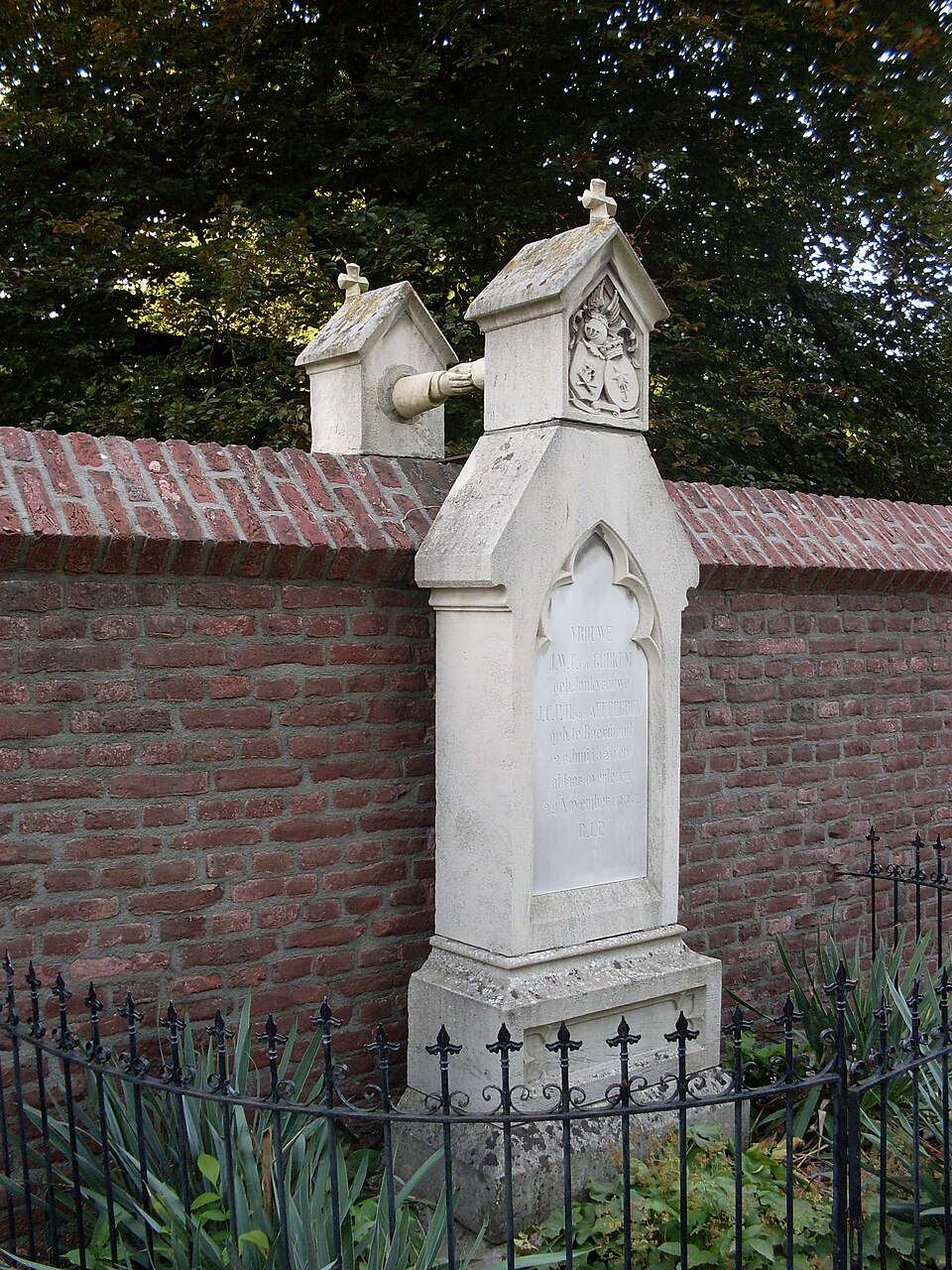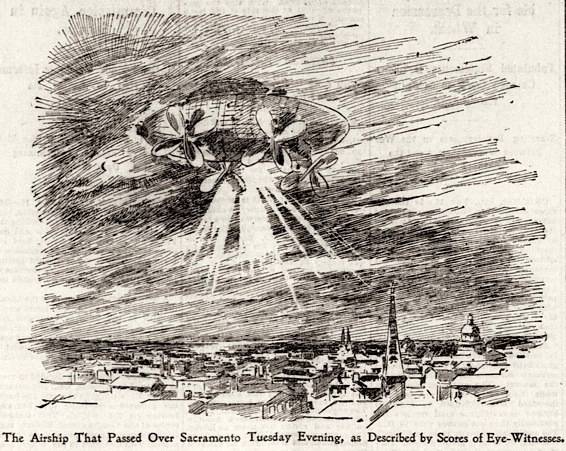
November 1896 saw the start of a strange wave of airship sightings across the United States — the San Francisco Call published the image above on Nov. 19, claiming that the craft had passed over eastern Sacramento the previous night, where hundreds had seen “its brilliant searchlight traveling over the city, and who will also swear that they heard the voices of its occupants and distinguished their merry song and laughter.”
In the frenzy that followed, the San Francisco Chronicle published an interview with attorney George D. Collins, who claimed that he represented the airship’s inventor, a wealthy Maine man who had spent 17 years and $100,000 perfecting the craft. “The reports from Sacramento the other night were quite true. It was my client’s ship that inhabitants saw. It started from Oroville, in Butte County, and flew in a straight line for sixty miles directly over Sacramento. After running up and down once or twice over the capital, my friend came on a distance of another seventy miles and landed on a spot on the Oakland side of the bay, where the ship now lies guarded by six men. In another six days several defects will be done away with and it is then his intention to fly right over San Francisco.”
That never happened, and Collins was quickly forgotten, but it’s interesting to note that 10 years earlier, in 1886, inventor Moses Cole had patented a strikingly similar “new and improved aerial vessel” (below). “It consists of two semi-spheroidal balloons,” Scientific American had reported, “between which are situated the cabins for the passengers and crew, these being fitted with windows and surrounded by a circular balcony.” Possibly the Call’s artist had used Cole’s patent for inspiration. Or possibly Collins was telling the truth. Or possibly Martians had adopted Cole’s design as a disguise. We’ll never know.
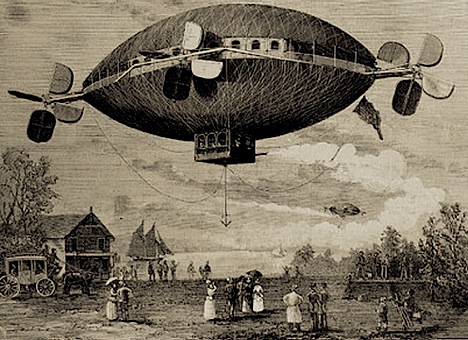
See Just Visiting.
